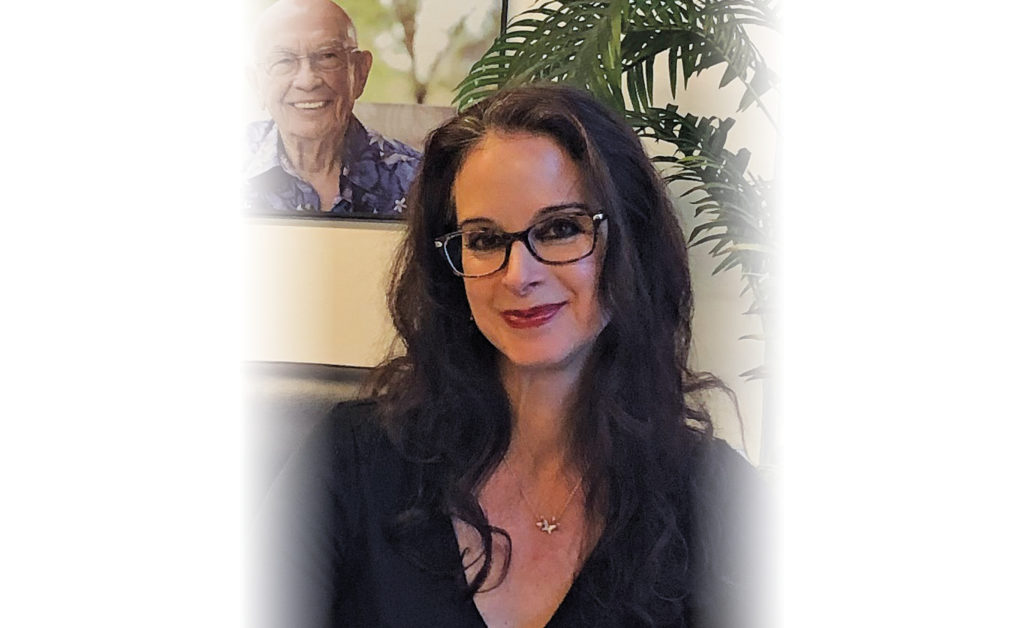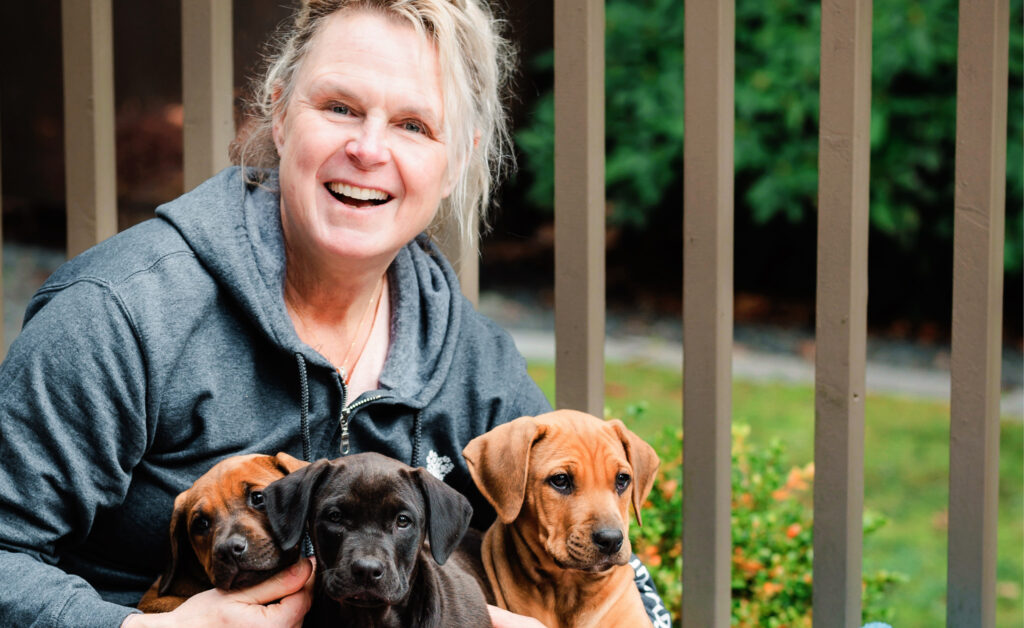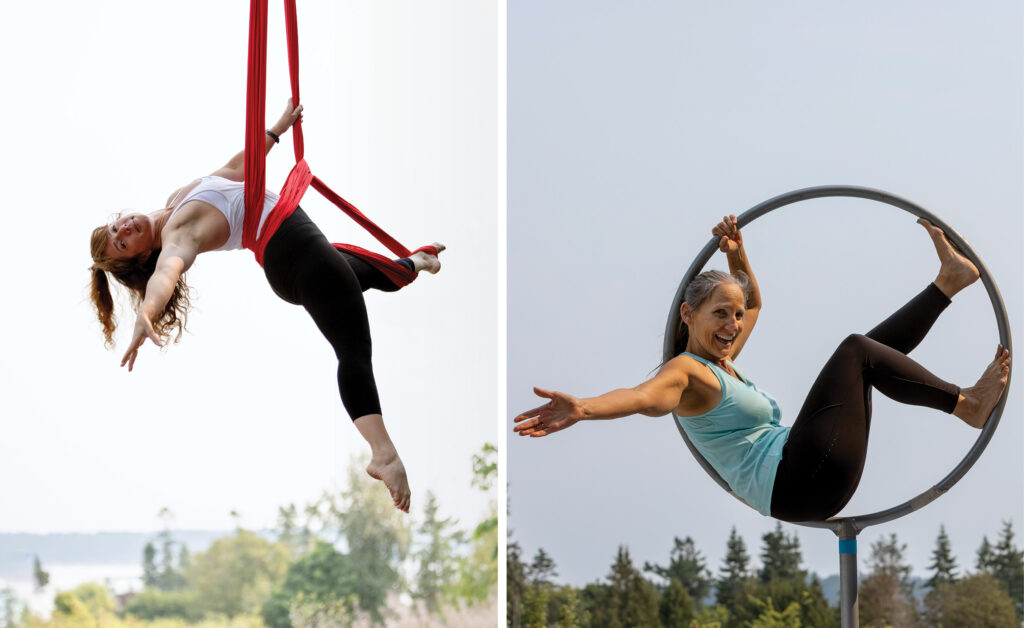by Sherrin Griffin VP, Operations, Sidney SeniorCare
It’s amazing how quickly our atypical hot dry summer has transitioned into our totally typical cool, wet fall. I’ve already got my gloves out … they’re the kind of cheap, stretchy gloves that are sold in a tri-colour three-pack at Shopper’s Drug Mart for $5, but since I lose them ALL the time, they suit me just fine and are perfect for this time of year. I keep two pairs for myself and give the third to my dad who tends to wear them indoors year-round to keep his hands warm and limber. I thought that odd until I myself approached my senior years. Feeling the chill more means that I’m not only wearing my little gloves 10 months of the year, but always searching out fuzzy blankets and throws to wrap myself in as well.
Despite feeling a little annoyed by my new colder reality, I was relieved to find out that increased cold sensitivity is generally associated with the normal process of aging. What was surprising though was how many different factors could be responsible:
• Older adults have thinner skin with a thinner layer of fat (which conserves heat) underneath, making them feel colder.
• Circulation decreases as we age. The walls of our blood vessels lose their elasticity and blood moves slower through our bodies causing the temperature of our extremities to fluctuate. The blood vessels in those areas constrict trying to retain body heat, resulting in cold hands and feet. Nerve endings can be affected, leading to numbness and tingling. Poor circulation can also create a build-up of fluid in the legs, ankles and feet. Certain medications can alter blood flow and circulation as well.
• We lose muscle mass as we age; approximately three to eight percent per decade after the age of 30, with an even higher rate after 60. When you lose body mass, your body lowers its metabolic rate to conserve energy which means that senior bodies might be unable to generate enough heat to maintain a “normal” temperature of 98.6°.
• Certain health conditions such as diabetes, peripheral artery disease and kidney disease can restrict blood flow and lower body temperature.
So, although it seems that Father Time has an inescapable impact on our ability to self-regulate our body temperature as we age, there are positive ways to ensure warmth and comfort for your senior loved ones:
• Make sure the senior’s home environment is warm enough. The average, and safe, room temperature for an elderly person is about 78°, according to the international journal Age and Aging.
• Make sure seniors are adequately dressed, for the outdoors and indoors, by wearing layers that they can remove if too warm, and that gloves, hats and scarves are easily accessible. (Light gloves may help even indoors like in the case of my own dad.)
• Seniors need to eat regular healthy meals which will help to keep their body temperatures up. Certain foods are even scientifically proven to indirectly raise body temperature like complex carbs, bananas and avocados.
• Seniors should avoid excessive alcohol, which lowers body temperature, among other risks.
• Encourage seniors to be as active as possible. Movement such as walking, stretching, and really any other means of moving their bodies is effective for improving circulation.
• Elevate seniors’ legs. If mobility is an issue, walking may be physically impossible. Low activity means our hearts have to work extra hard to circulate blood to the outermost parts of the body. Small adjustments, like elevation, can be very helpful.
• Consult with a healthcare professional to ensure no underlying health conditions that haven’t been addressed.
Even with winter looming on the horizon, armed with a better understanding on how to combat the chill that comes with aging, I am confident that I can help myself and the senior loved ones in my life stay warm and comfortable. And with that being said, I’m off to Shopper’s Drug Mart again … those $5 three-packs of stretchy gloves make great stocking stuffers!




